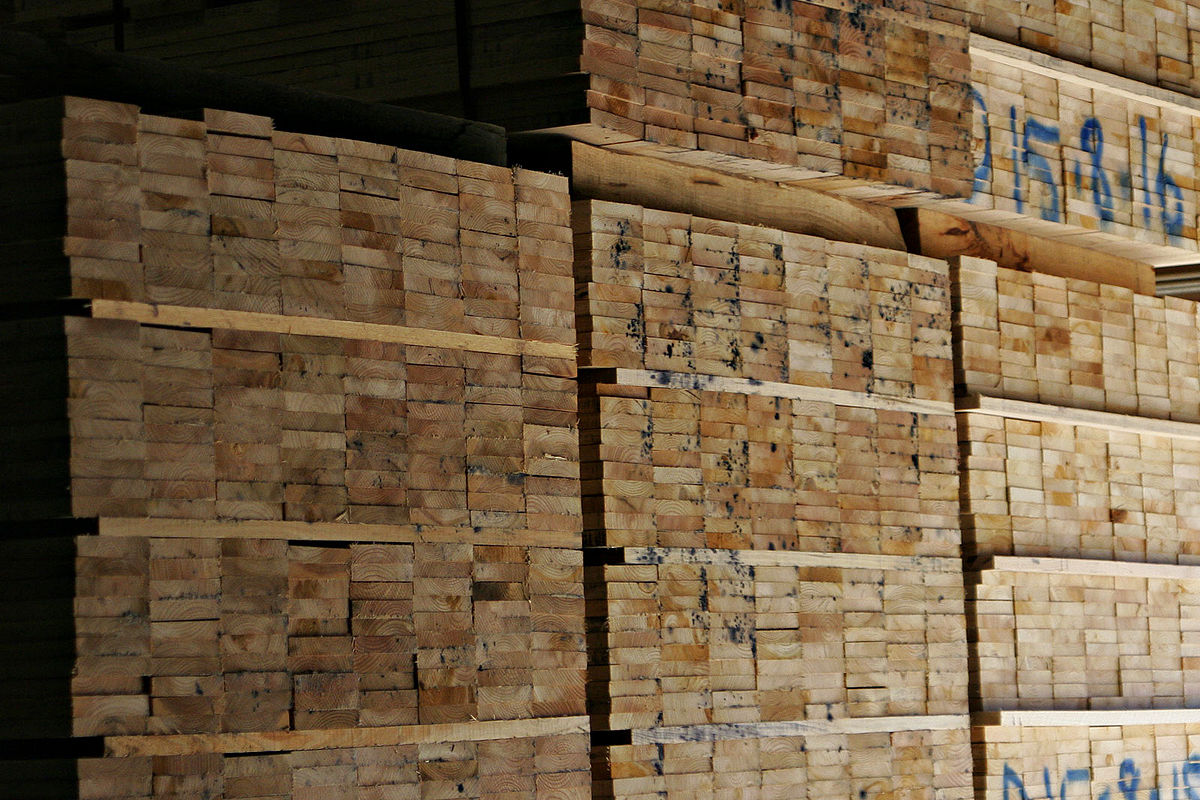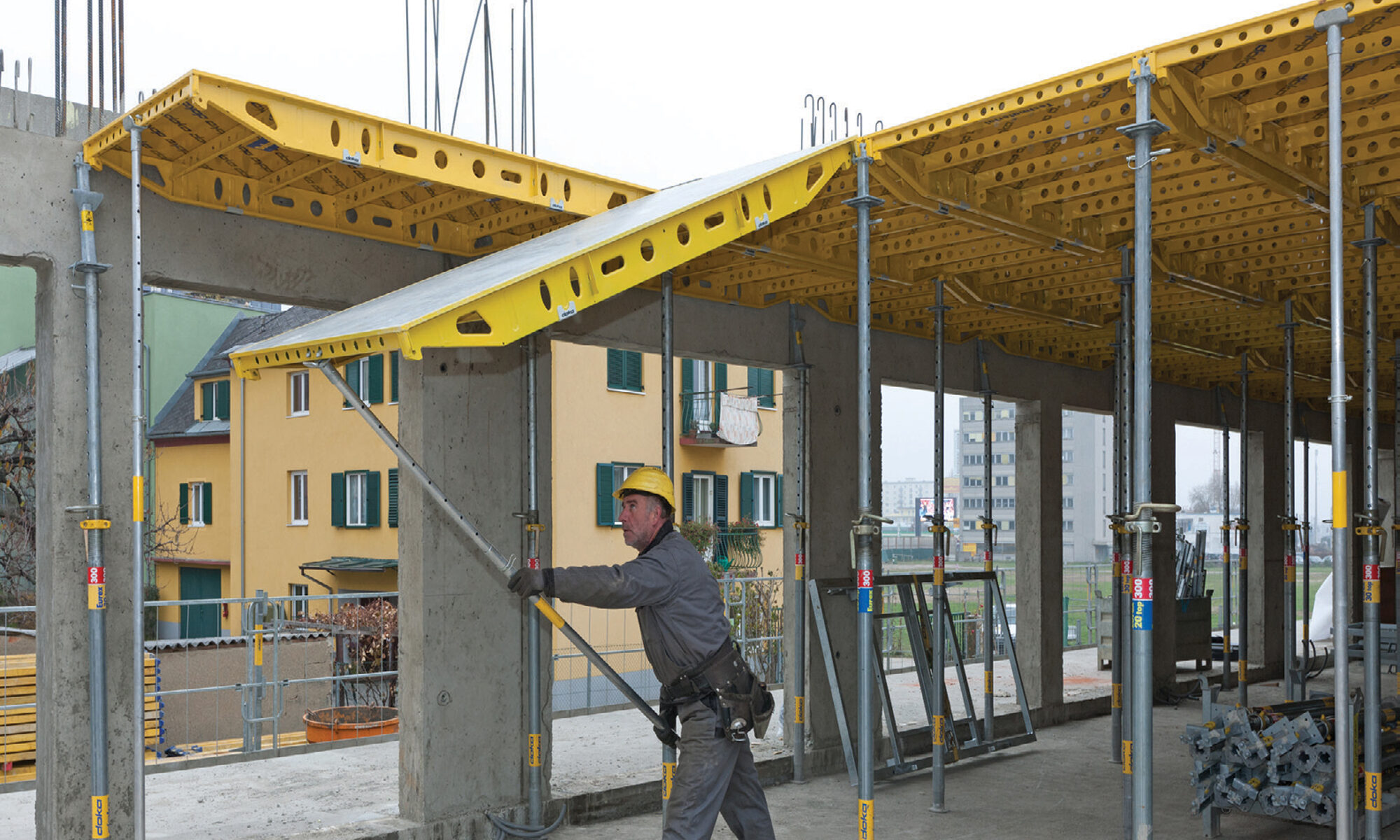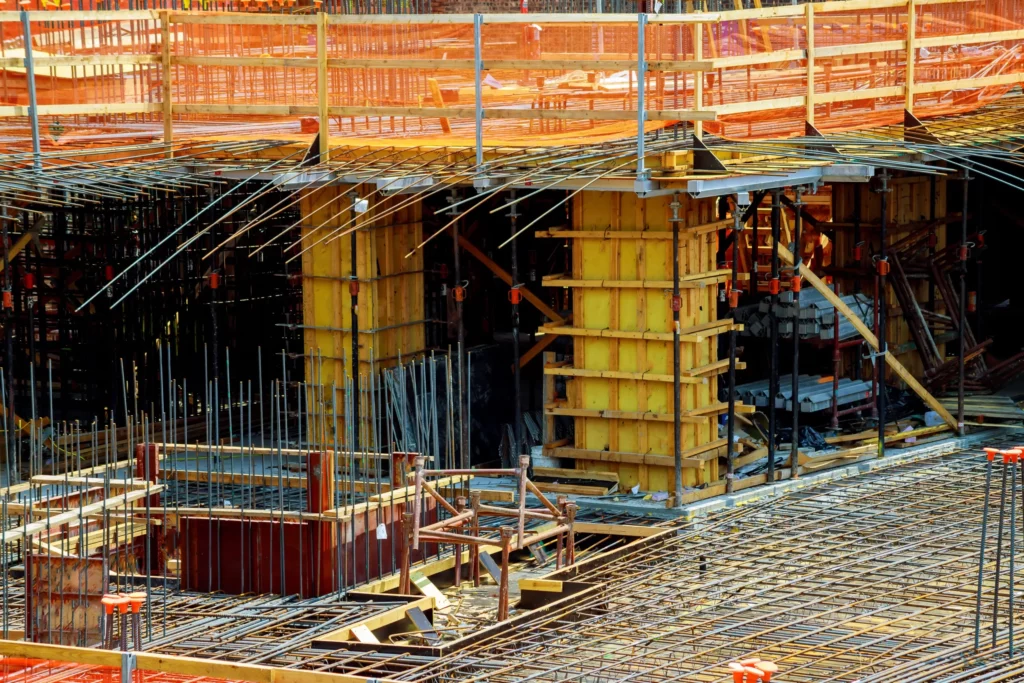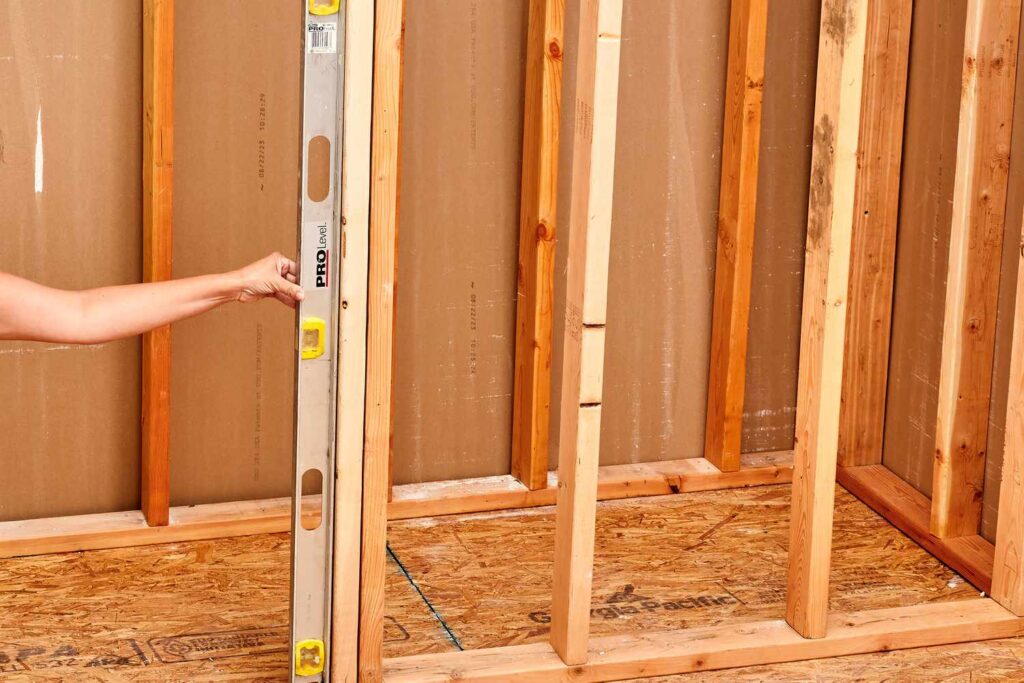Introduction to LVL Timber Formwork
In recent years, the construction industry has witnessed a significant shift towards innovative materials and methods. One such advancement is the use of Laminated Veneer Lumber (LVL) timber formwork. This engineered wood product is gaining traction due to its strength, versatility, and sustainability. As construction projects become more complex, the demand for efficient and reliable formwork solutions has never been higher.
LVL timber formwork offers numerous advantages over traditional materials, such as steel and concrete. Its lightweight nature, coupled with exceptional load-bearing capabilities, makes it an ideal choice for various applications. This article delves into how LVL timber formwork is transforming modern construction methods and the benefits it brings to the industry.
One of the most notable features of LVL timber formwork is its ability to be customised for specific project requirements. Unlike traditional formwork materials, LVL can be easily cut and shaped to fit unique designs, allowing architects and engineers to push the boundaries of their creative visions. This adaptability not only enhances the aesthetic appeal of structures but also contributes to more efficient use of materials, reducing waste and minimising environmental impact. Furthermore, the manufacturing process of LVL utilises fast-growing tree species, making it a more sustainable option compared to conventional timber sourced from slow-growing forests.
The Advantages of LVL Timber Formwork
Moreover, the installation process for LVL timber formwork is considerably quicker than that of traditional formwork systems. The lightweight nature of LVL allows for easier handling and transportation on-site, which can significantly reduce labour costs and project timelines. Additionally, the inherent durability of LVL means that it can withstand the rigours of construction without compromising structural integrity. This resilience not only ensures a safer working environment but also leads to fewer delays caused by material failure or damage. As the industry continues to evolve, the integration of LVL timber formwork is set to play a pivotal role in shaping the future of construction practices.
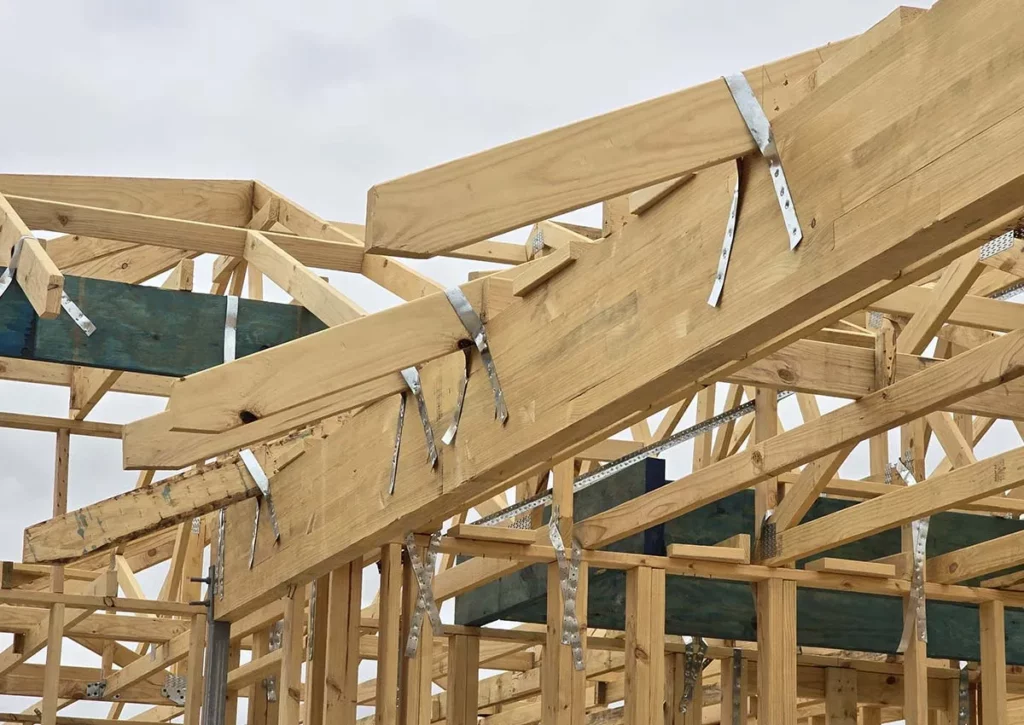
Strength and Durability
One of the primary reasons LVL timber formwork is becoming increasingly popular is its remarkable strength and durability. Unlike conventional timber, LVL is manufactured by bonding together multiple layers of thin veneer, resulting in a product that is not only robust but also resistant to warping and splitting. This enhanced structural integrity allows for the construction of larger and more complex structures without compromising safety.
Moreover, LVL timber formwork can withstand significant loads, making it suitable for heavy-duty applications. Its ability to maintain shape and performance under stress ensures that projects can progress smoothly without the risk of structural failure.
Lightweight and Easy to Handle
Another significant advantage of LVL timber formwork is its lightweight nature. Compared to traditional materials such as steel, LVL is considerably lighter, which simplifies handling and transportation. This reduction in weight not only lowers shipping costs but also makes it easier for workers to manoeuvre the formwork on-site.
The ease of handling translates to faster assembly and disassembly times, ultimately leading to increased productivity. Construction teams can complete projects more efficiently, reducing labour costs and minimising the overall project timeline.
Click here to read more about lvl formwork.
Sustainability and Environmental Impact
In an era where sustainability is a critical concern, LVL timber formwork stands out as an environmentally friendly option. Being made from renewable resources, LVL contributes to a reduced carbon footprint compared to traditional construction materials. Additionally, the manufacturing process of LVL is designed to maximise the use of timber, minimising waste and promoting responsible forestry practices. Read more about carbon on http://www.columbia.edu/~vjd1/carbon.htm
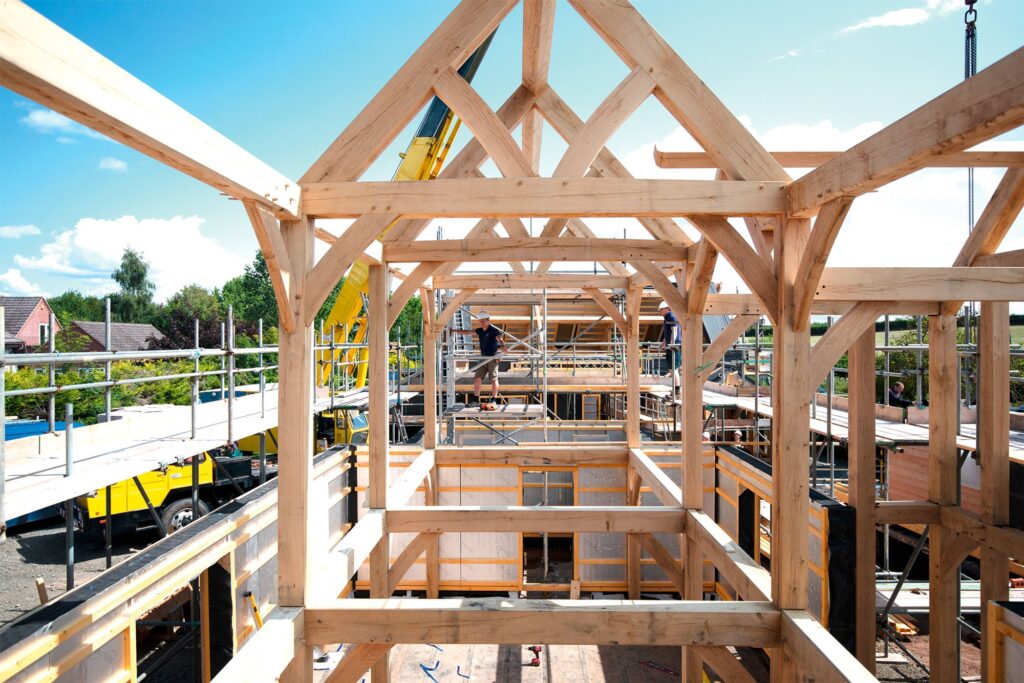
Using LVL timber formwork not only supports sustainable building practices but also aligns with the growing demand for eco-friendly construction solutions. As the industry moves towards greener alternatives, LVL is poised to play a significant role in shaping the future of construction.
Applications of LVL Timber Formwork
Residential Construction
LVL timber formwork is increasingly being utilised in residential construction projects. Its strength and versatility make it an ideal choice for creating foundations, walls, and roof structures. The ability to customise LVL formwork to fit specific design requirements allows architects and builders to explore innovative designs without compromising structural integrity.
Moreover, the lightweight nature of LVL makes it particularly advantageous in residential settings, where ease of handling can significantly impact project timelines. Builders can complete homes more quickly, providing clients with timely results while maintaining high-quality standards.
Commercial and Industrial Projects
In the realm of commercial and industrial construction, LVL timber formwork is proving to be a game-changer. With the demand for large-scale structures on the rise, the strength and durability of LVL make it an excellent choice for high-rise buildings, warehouses, and manufacturing facilities. Its ability to support heavy loads while remaining lightweight allows for the construction of expansive spaces without the need for excessive support systems. To find more about durability click here.
Furthermore, LVL formwork can be designed to accommodate complex architectural features, enabling architects to push the boundaries of design. This flexibility allows for the creation of visually striking structures that meet both functional and aesthetic requirements.
Infrastructure Development
Infrastructure projects, such as bridges and tunnels, also benefit from the use of LVL timber formwork. The material’s high load-bearing capacity and resistance to environmental factors make it suitable for various infrastructure applications. LVL can be used to create formwork for concrete pours, ensuring that the final structures are both strong and durable.
Additionally, the lightweight nature of LVL reduces the overall weight of the formwork system, which can be particularly advantageous in projects where weight restrictions are a concern. This adaptability makes LVL a valuable asset in the construction of critical infrastructure.
Challenges and Considerations
Cost Implications
While LVL timber formwork offers numerous advantages, it is essential to consider the cost implications. The initial investment in LVL may be higher than traditional materials, which can deter some contractors from making the switch. However, the long-term benefits, such as reduced labour costs and increased efficiency, often outweigh the initial expenditure.
Additionally, as the demand for LVL continues to grow, economies of scale may lead to decreased prices in the future, making it a more accessible option for a broader range of projects.
Training and Expertise
Implementing LVL timber formwork requires a certain level of expertise and training. Construction teams must be familiar with the specific handling and installation techniques to maximise the benefits of this material. Investing in training programmes can ensure that workers are equipped with the necessary skills to work with LVL effectively.
Moreover, collaboration between architects, engineers, and contractors is crucial to fully leverage the advantages of LVL timber formwork. Open communication and a shared understanding of the material’s capabilities can lead to more innovative and efficient construction practices.
The Future of LVL Timber Formwork in Construction
Innovation and Development
The future of LVL timber formwork looks promising, with ongoing research and development aimed at enhancing its properties and applications. Manufacturers are continually exploring new ways to improve the performance of LVL, including advancements in adhesive technology and treatment processes to increase durability and resistance to environmental factors.
As the construction industry evolves, the integration of LVL timber formwork into modern building practices is likely to expand. This trend aligns with the broader movement towards sustainable construction methods, as LVL offers an eco-friendly alternative to traditional materials.
Regulatory Considerations
As LVL timber formwork gains popularity, regulatory bodies are beginning to establish guidelines and standards for its use in construction. Ensuring compliance with these regulations is essential for contractors and builders to maintain safety and quality in their projects. Staying informed about changes in regulations will be crucial for those looking to adopt LVL as a primary formwork solution.
Furthermore, collaboration between industry stakeholders, including manufacturers, builders, and regulatory agencies, will be vital in shaping the future landscape of LVL timber formwork in construction.
Conclusion
LVL timber formwork is undoubtedly transforming modern construction methods, offering a range of benefits that enhance efficiency, sustainability, and design flexibility. As the industry continues to evolve, embracing innovative materials like LVL can lead to more effective and environmentally friendly building practices.
While challenges remain, the advantages of LVL timber formwork make it a compelling choice for various construction applications. As awareness and understanding of this material grow, it is likely that LVL will play an increasingly prominent role in shaping the future of construction.


